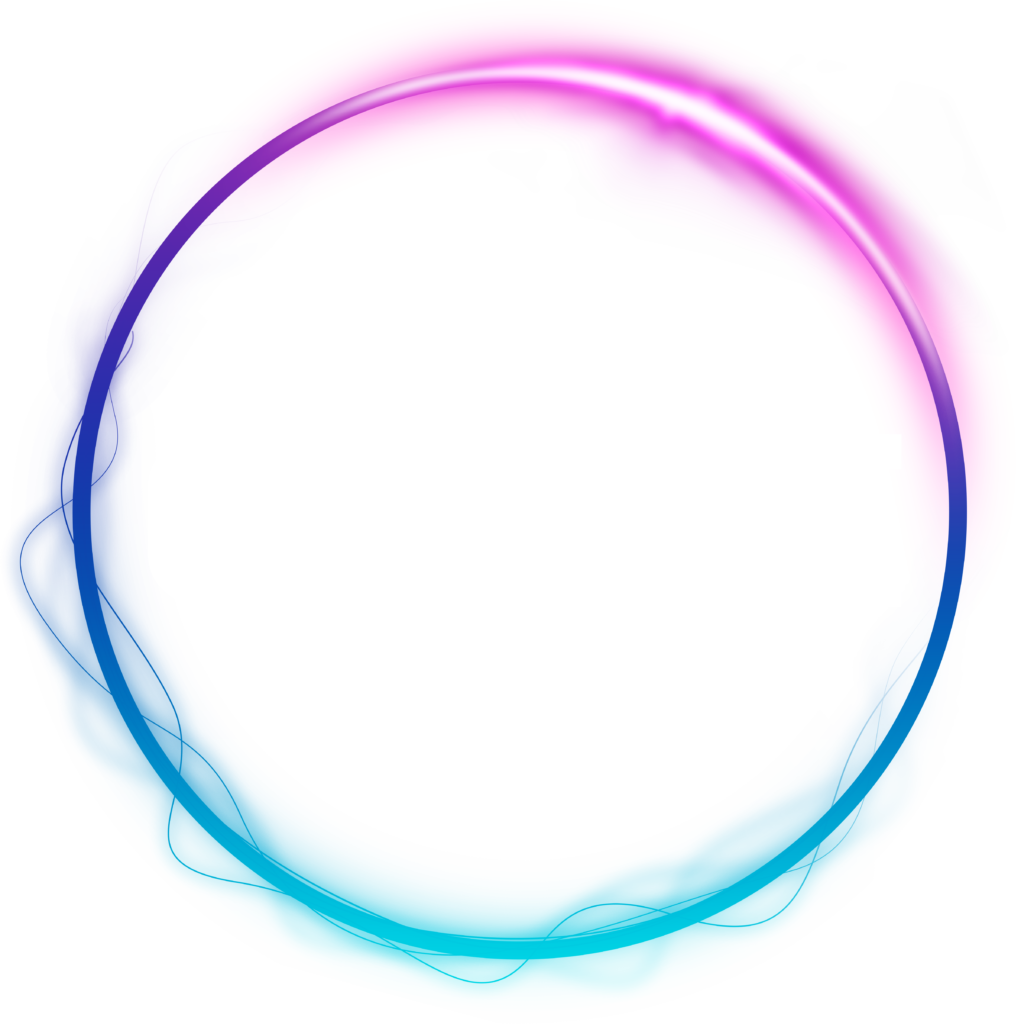The majority of entrepreneurs have a general understanding of how much their company owns and what it owes other people. In other words, they are aware of their fixed assets (such as bank balances, inventory and equipment) and liabilities (such as accounts payable, loans and debts), as they should be.
If you are like many entrepreneurs, you are aware of the fact that you have to perform certain tasks to get your business off the ground, such as buying things, taking out loans, or putting money into your business. And that every transaction, be it a debt, a purchase, etc., your business makes, you must record it in your books. This is where understanding the difference between assets and liabilities comes into play.
What are assets?
Anything your business has that could make you money in the near or distant future is an asset. For example, if you put money in the stock market, you can sell those shares to make money. Some assets, such as tools or equipment, also help you run your business.
Assets can also be possessions that increase the value of your business. Having your own production process gives you a competitive advantage in the market. Therefore, some assets generate money quickly, others don’t. This raises the problem of what asset liquidity is.
Asset liquidity measures how quickly you can convert an asset into cash. Assets such as cash, bank balances and bonds are highly liquid assets. However, some assets, such as your tools, do not pay for themselves quickly. These are assets with low liquidity.
But liquidity is not the only way to classify assets. So what are these types of assets?
- Current Assets: Current assets are highly liquid assets that can be sold and converted into currency very quickly. Financial assets such as cash, bonds, mutual funds, stocks and other negotiable securities are considered the most liquid current assets; assets can be sold easily and quickly without affecting the price. A company’s current assets can include cash, accounts receivable, inventory, and prepaid expenses.
- Fixed Assets: Fixed assets, also known as tangible or long-term assets, can take a long time to reach monetary value and are generally considered illiquid, meaning they often cannot be quickly converted to a desired value. A few examples of fixed assets are buildings, land, inventory, or other types of assets that are not intended to be sold during the year.
- Tangible Assets: Tangible assets are fixed assets such as fixtures, real estate, machinery, money or furniture that are physically tangible and often owned by the owner. Most tangible fixed assets are also considered current assets.
- Intangible Assets: Intangible assets are items or goods that theoretically exist, but not physically. Examples of intangible assets are licenses, intellectual property rights, patents, brand reputation and trademarks, which in turn increase their value through successful use.
- Operating Assets: Operating assets represent all assets that generate income through day-to-day operations and help maintain workflow. Some examples of company assets are copyrights, licenses, inventory or machines.
- Non-Operating Assets: Non-operating assets are items that are owned by the business and generate income, but are not necessarily needed for day-to-day operations, such as vacant land or short-term investments.
What are liabilities?
A liability is something that a person or company owes someone, this usually being an amount of money. Liabilities are paid over time by transferring economic benefits, including money, goods or services.
Compared to assets, liabilities are things you owe or have borrowed; assets are things you own or owe.
In general, a liability is an obligation between parties that has not yet been fulfilled or paid. In accounting, a financial obligation is also a liability, but it is more determined by past business dealings, transactions, sales, exchanges of assets or services, or anything that produces financial benefits later on.
Liabilities are classified as current or non-current according to their maturity. They can be a future service to a third party (short-term or long-term loans from banks, individuals or other entities) or a past transaction that has caused an unfulfilled obligation. Current liabilities are generally considered short-term (expected to be paid in 12 months or less), and non-current liabilities are long-term (12 months or more).
Current liabilities (short-term):
- Wages: Total earned income that employees have earned but not yet received. Since most companies pay their employees every two weeks, this obligation changes regularly.
- Interest: Businesses, like individuals, often use credit to buy goods and services that they can finance in the short term. This represents the interest paid on these short-term credit purchases.
- Dividends: For companies that have issued stock to investors and pay dividends, this is the amount paid to shareholders after the dividend is paid. This period is about two weeks, so this obligation is usually repeated four times a year until the dividend is paid in full.
Non-current liabilities (long-term):
- Warranty Liability: Some liabilities are not so specific and must be estimated. This is the estimated time and amount of money that can be spent on repairing the products after the warranty contract has been concluded. This is a common liability in the automotive industry, as most cars have long warranties that can be expensive.
- Measurement of Contingent Liabilities: A contingent liability is a liability that may arise depending on the outcome of an uncertain future event.
- Deferred Loans: This is a broad category that can be reported as short-term or long-term, depending on the specifics of the company. These credits are actually revenue before they are recognized as earned in the income statement. It could be a customer prepayment, deferred income, or an event where the credit has been paid but is not yet considered income. When the income is no longer deferred, the installment is reduced by the amount earned and becomes part of the company’s income stream.
All in all, assets increase the value of your business and increase your business equity, while liabilities decrease your business value and equity. The more your assets outweigh your liabilities, the stronger your company’s financial position. But if you have more debt than assets, you may be on the verge of bankruptcy.


